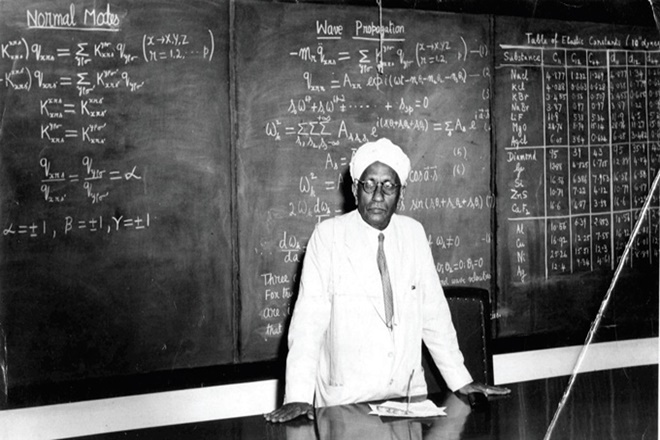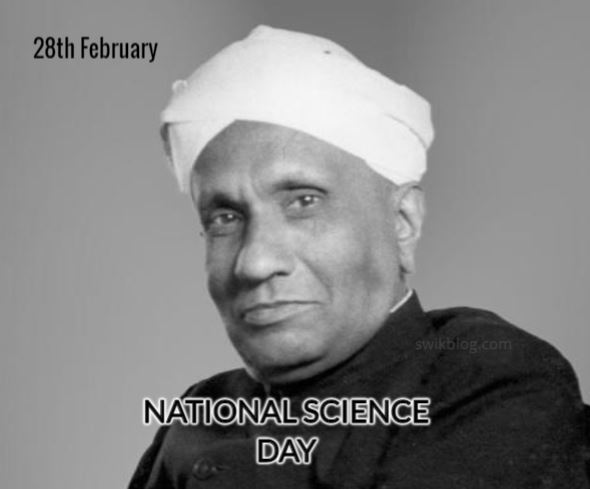National Science Day 2024 Theme: Indigenous Technologies for Viksit Bharat
Introduction
In India, February 28 is commemorated annually as National Science Day, signifying the revelation of the Raman effect, a phenomenon elucidating the scattering of light, by the esteemed Indian physicist Sir C.V. Raman on February 28, 1928. This groundbreaking discovery led to Sir C.V. Raman being bestowed with the Nobel Prize in 1930.
Recognizing C.V. Raman’s significant contributions to physics and his groundbreaking discovery, the National Council for Science and Technology Communication (NCSTC) recommended the observance of February 28 as National Science Day. Subsequently, the Government of India approved this proposal, and since 1936, the entire nation has celebrated this occasion annually.
National Science Day Theme 2024
The designated theme for National Science Day in 2024 is ‘Indigenous Technologies for Viksit Bharat’.
The theme of this year’s NSD 2024 celebration, Science, Technology, and Innovation, highlights the strategic goal of raising public awareness of the contributions made by Indian scientists in addressing issues through domestically developed technology for the benefit of humankind as a whole.
The theme not only heralds a new era but also presents an opportunity for collaboration between the scientific and public sectors to promote the well-being of India and humanity worldwide. It underscores the imperative of tackling challenges that concern humanity collectively, while also highlighting the importance of leveraging science to achieve self-reliance for India.
Dr. Jitendra Singh thanked Prime Minister Narendra Modi for his additional guidelines on the theme, content, and events of National Science Day.
According to Dr. Jitendra Singh, the G-20 presidency of India, where she will represent the developing nations of Asia, Africa, and South America, is perfectly timed to coincide with the theme “Global Science for Global Wellbeing.”
About Raman Effect

C.V. Raman coined Raman scattering, which involves molecules scattering a photon inelastically, causing an exchange of energy and a redirection of light. Chemists and physicists widely utilize this effect, known as Raman spectroscopy, to glean insights into various materials.
How many awards has C.V. Raman won?
- 1924: -Fellow of Royal Society
- 1929: Knight Bachelor
- 1930: Nobel Prize in Physics
- 1954: Bharat Ratna
- 1957: Lenin Peace Prize
Goals for celebrating National Science Day
National Science Day is commemorated to underscore the significance of science in our everyday lives and to highlight the accomplishments and endeavors in advancing science for the betterment of humanity. It serves as an occasion for deliberating on the critical challenges confronting the realm of science.
On February 28, 2009, the Indian Department of Science and Technology awarded the National Award for Science and Communication to five institutions across the country. These accolades aim to acknowledge the endeavors of both governmental and non-governmental organizations, as well as individuals, who have played a role in promoting science within the nation. During the 2009 award ceremony, the Vikram Sarabhai Community Science Center received the highest honor for its significant contributions to science-related educational materials and for organizing various training programs focused on science education.
Where the major Celebrations of National Science Day take place?
- The Giant Metrewave Radio Telescope (GMRT)
- The Defence Reseach and Development Organization (DRDO)
- The Indian Department of Science and Technology
- The Council of Science and Technology
- The CSIR- National Environment Engineering Research Institute (CSIR-NEERI)
- The Jawaharlal Nehru Planetarium.




